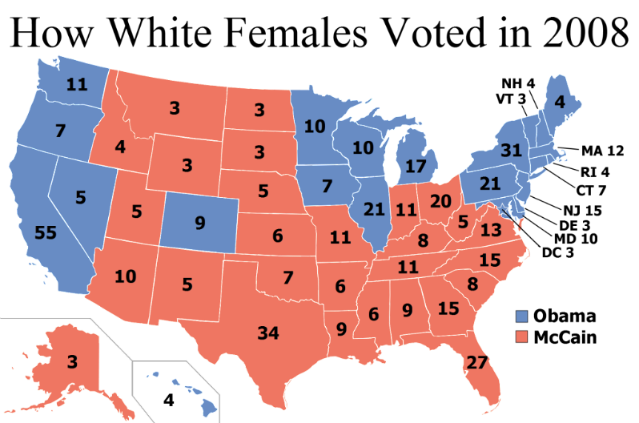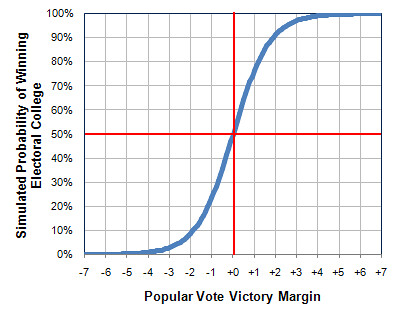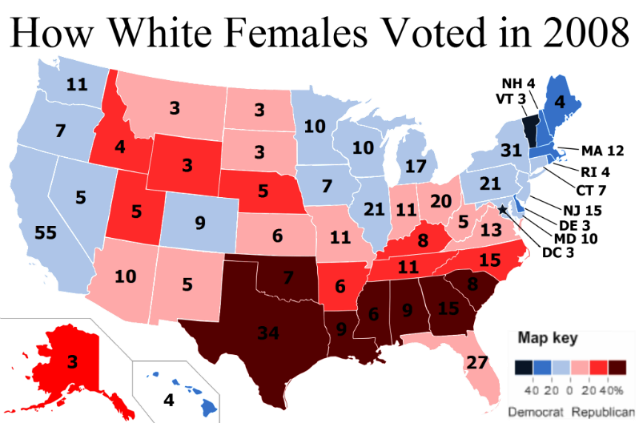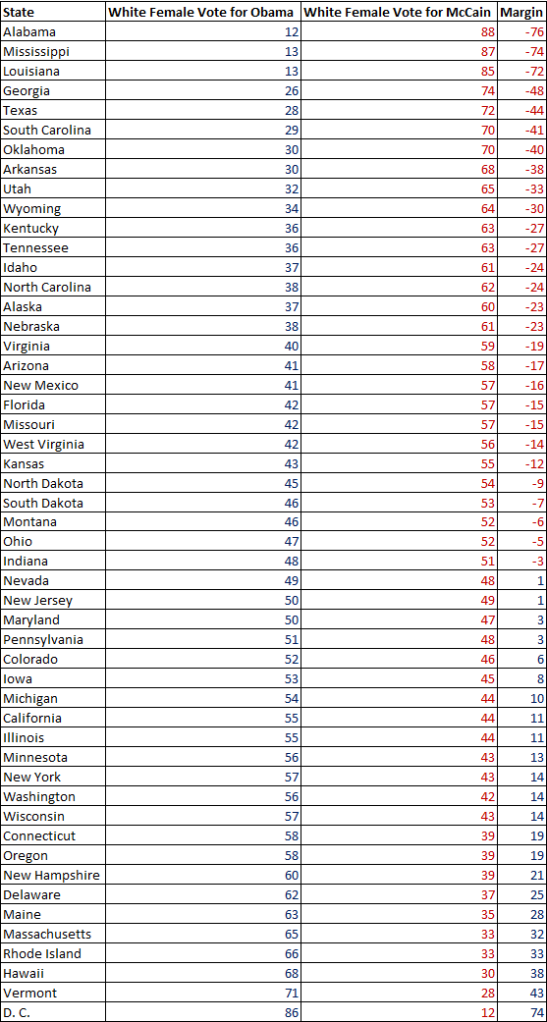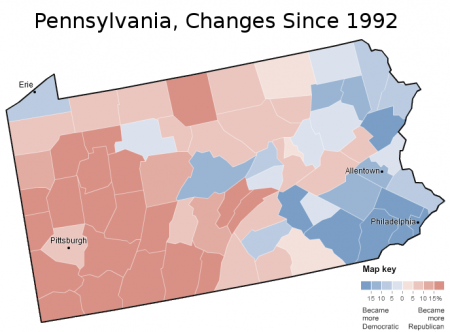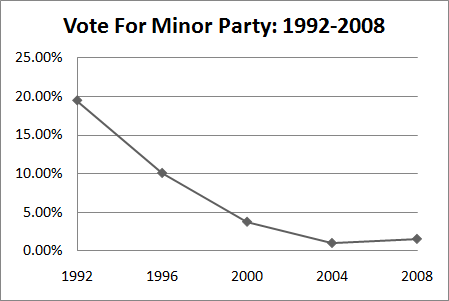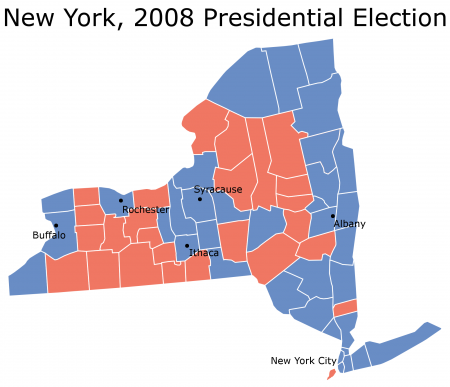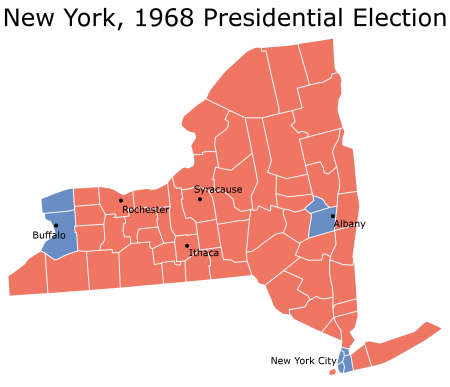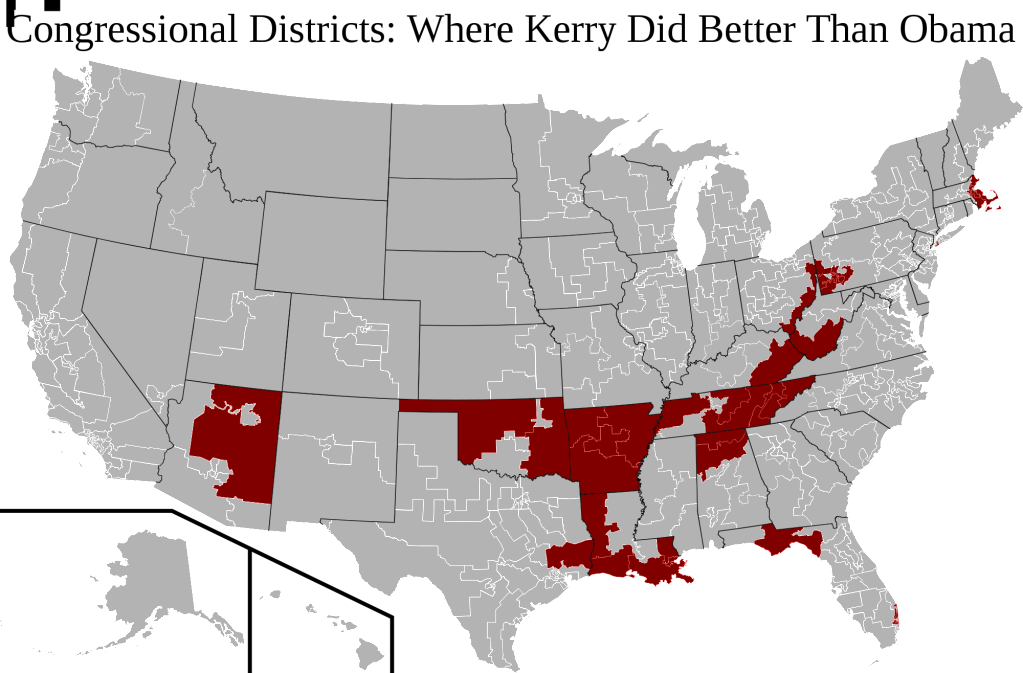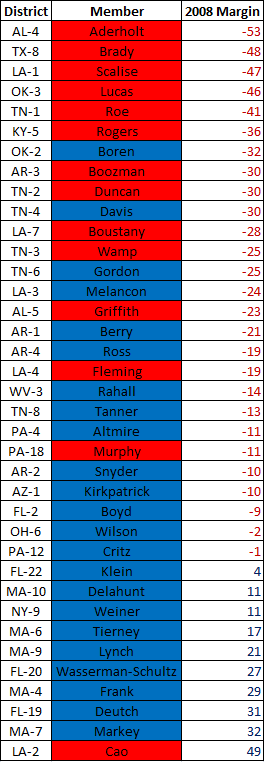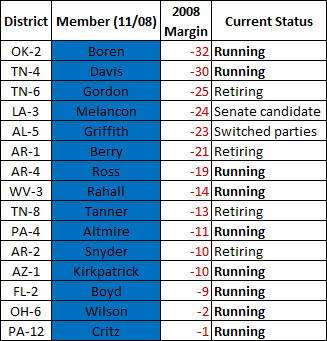It’s time for the second edition in our weekly roundup of news from the Democratic campaigns for the New York State Senate. We’ve just past the petitioning and July filing deadlines, and this edition is all about the numbers.
As always, if you see that we missed something, please include links to more news on New York State Senate campaigns in the comments. If you Tweet about any campaigns, please consider using the #NYSen10 hashtag. You can find all our challengers on Act Blue at the Change Albany Now page. If you’d like to follow these roundups on a daily basis, visit our blog or subscribe to our RSS feed. –Mike
DEMOCRATIC CANDIDATES
Senate Democrats announced record fundraising numbers this past week, reporting a historic $3.5 million raised during the first six months of the year. We now have $3.5 million in cash on hand – more than twice the amount of money we had at this point two years ago, when we went on to pick up two seats in the November elections and take control of the Senate for the first time in decades. After all the numbers came in, Senate Democrats reported a combined $25 million in fundraising for re-election efforts over the last 20 months, $10 million more than GOP lawmakers.
Newsday: On and off L.I., state Senate Dems tout petition and fund totals. Dan Janison, of Newsday, wrote a piece on how Senate Democrats are “blowing our political horns” with our impressive fundraising and petition totals. He specifically mentioned the strength of two Long Island campaigns:Sen. Brian Foley’s, which has over $240,000 cash on hand and filed 4,073 Democratic signatures with the Suffolk County Board of Elections -four times the amount required to qualify for the ballot; and Regina Calcaterra’s, who has raised $260,000 since announcing her candidacy this year and now has nearly $180,000 in cash on hand.
Maggie Haberman of POLITICO coined 2010 the ‘Year of the Woman’ in an extensive piece that hailed our “unprecedented slate of 10 female hopefuls… in districts ranging from swing-county Suffolk in Long Island to more rural areas of upstate New York.” Jimmy Vielkind of the Albany Times Union later chimed in, wondering if “dissatisfaction with the state of state [will] cause voters to think gender at polls?” He noted that our crop of 10 women candidates may benefit from the palpable anti-incumbency sentiment.
NARAL Pro-Choice New York announced their first round of endorsements in the 2010 election and named the following Democratic candidates for State Senate as 100% pro-choice candidates: Regina Calcaterra, Dave Mejias, Carol Gordon, Mike Gianaris, Didi Barrett, Susan Savage, Kathleen Joy, Pam Mackesey, and Robin Wilt. Not a single Republican Senate candidate was endorsed by NARAL.
Eleanor’s Legacy announced the endorsement of two more State Senate candidates: Cynthia Appleton and Pam Mackesey. This makes an unprecedented seven start-up grants that Eleanor’s Legacy has provided to our candidates this election cycle. They have previously endorsed Didi Barrett, Robin Wilt, Regina Calcaterra, Joanne Yepsen, and Mary Wilmot.
Former Nassau County Legislator Dave Mejias is running strong against 21-year Republican incumbent Kemp Hannon and announced he has raised $116,925 and has $112,921 cash on hand . Mejias also released a campaign kick-off video, in which he denounced the dysfunction in Albany.
Joanne Yepsen announced that she raised more than three times as much as her opponent since she announced her candidacy less than three months ago. Yepsen brought in a total $70,000, and currently has $60,000 cash on hand. Her opponent, Roy McDonald, shockingly announced that his cash on hand actually went down over the past six months. After starting January with $48,000 in the bank, he now has just $44,000.
Didi Barrett reported that she raised over $160,000 since declaring her candidacy just three months ago . The number far surpasses the amount of cash her opponent, a 30-year Albany insider, had on hand when Barrett entered the race. The campaign also collected 3,700 signatures — almost four times the required amount to get on the ballot.
Susan Savage, running against 34-year Republican incumbent Hugh Farley, reported that she raised more than $75,000 for her campaign — almost twice what Farley reported raising over the same time period. “If we want to change Albany, we have to change who we send to Albany. This filing is a clear sign that the people of New York agree,” said Doug Forand, one of Savage’s campaign advisers.
Sen. Darrel Aubertine had an impressive week: he received the Rural Schools Association ‘Appreciation Award, was deemed a “hero” by the New York Farm Bureau, and outraised his GOP opponent. The New York State Rural Schools Association honored Sen. Aubertine with its annual Appreciation Award for his work on behalf of rural schools while Peter Gregg, a New York Farm Bureau spokesman, called him a “hero” and added “we are extremely grateful for Sen. Aubertine. He worked miracles to get the funding restored at the levels at which he did. There was absolutely no money and he somehow found it.” Later in the week, Sen. Aubertine announced he has outraised his opponent by about $24,000 during the first six months of the year. Sen. Aubertine raised over $87,000 in the period, and now has over $159,000 in cash on hand – or about $110,000 more than his opponent
Sen. William Stachowski announced that he now has over $287,000 in cash on hand, after raising nearly $142,000 over the past six months. He also submitted 3,447 signatures on his ballot petitions, well over the required amount to gain ballot access. “Voters in my district are coming to appreciate the importance of qualified, independent representation,” he said. Sen. Stachowski also received the backing of the Independence Party and will appear on their ballot line this fall.
Sen. David Valesky posted impressive fundraising totals, while his Republican challengers are mired in a costly primary battle. Sen. Valesky raised $200,000 over the past six months, and has $465,580 in his campaign coffers. He also received the backing of the Independence Party over his opponent, little-known pianist Andrew Russo.
Tony Avella, running against 38-year Republican incumbent Frank Padavan, received the endorsement of City Council Member Margaret Chin – the first Asian American and the first Chinese American elected to represent New York City’s Chinatown in the city council, and the first Asian American woman elected to the city council. “Tony Avella is the kind of elected leader that we need in Albany,” stated Council Member Chin, standing in front of the Flushing Public Library. “He has remained a champion for good government and consistently fought for his constituents while a member of the New York City Council.”
Finally, Regina Calcaterra’s campaign launched a new website, and hit their opponent Ken LaValle for improperly using his tax-payer-funded government site to launch political attacks against Democrats.
REPUBLICANS
Siena’s most recent election poll spells trouble for the GOP, showing that less than one in four voters want a Republican Senate, and 69% of voters preferred the existing or an enlarged Democratic majority. In upstate New York – where Republicans sit in most of the Senate seats – just 26% of those polled wanted Republican control of the Senate, as opposed to the 68% who favored Democratic control. Voters upstate are far more pessimistic about the direction of the state – with 86% saying we are on the wrong track – and more likely to vote their incumbent Senator out of office. This is the just the latest in a series of polls that have consistently indicated trouble for Republicans and their electoral prospects this November.
Newsday reported that at a screening for a possible endorsement of Lee Zeldin, the Republican candidate running against Democratic Sen. Brian Foley, Zeldin “turned angry” when his military record came up. James LaCarrubba, Brian Foley’s top aide, said no one questions Zeldin’s service, just his demeanor. “We appreciate his service. But this is a man who wants to represent 300,000 people. And a candidate in a room full of people should be able to control his temper,” he said.
A Westchester County business group backed off supporting three Republican candidates for state senate after some members expressed alarm over the sudden foray into partisan politics. The Business Council of Westchester offered an apology to its members and Council President and CEO Marsha Gordon, in an e-mail to members, apologized “for deviating from our tradition of being nonpartisan” and promised to return any checks.
Democratic Candidate Regina Calcaterra criticized her opponent, 34-year Republican incumbent Ken LaValle, for knowingly deceiving voters on Eastern Long Island about his support for jobs creation, saying he supported a measure to fund small businesses — after he voted to kill the legislation that created it.
